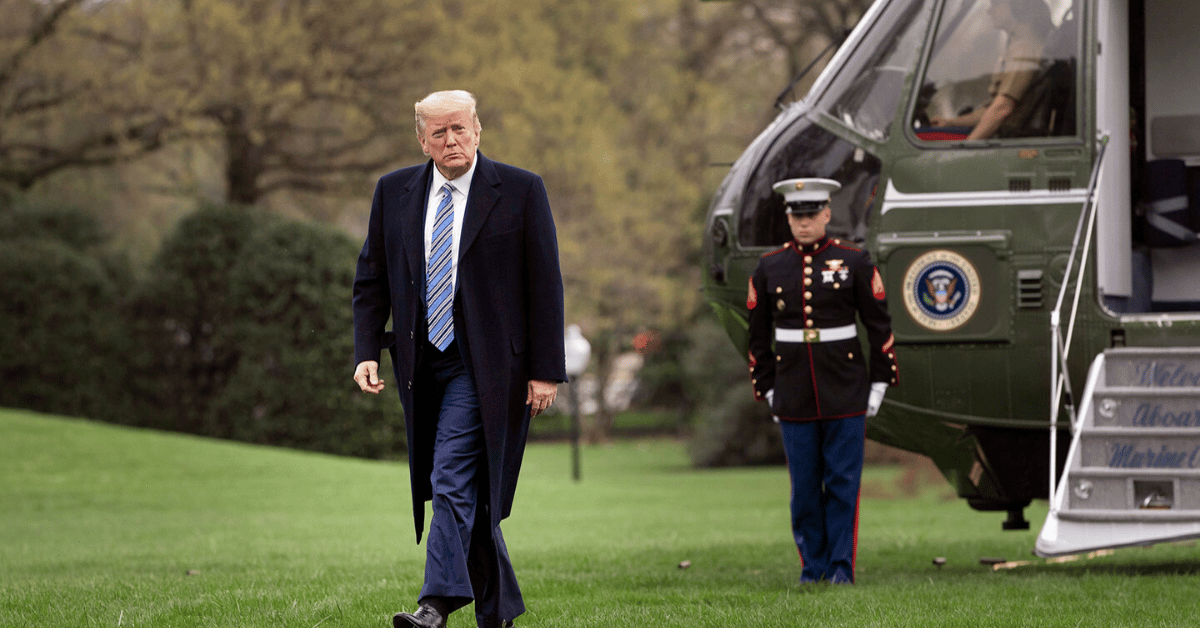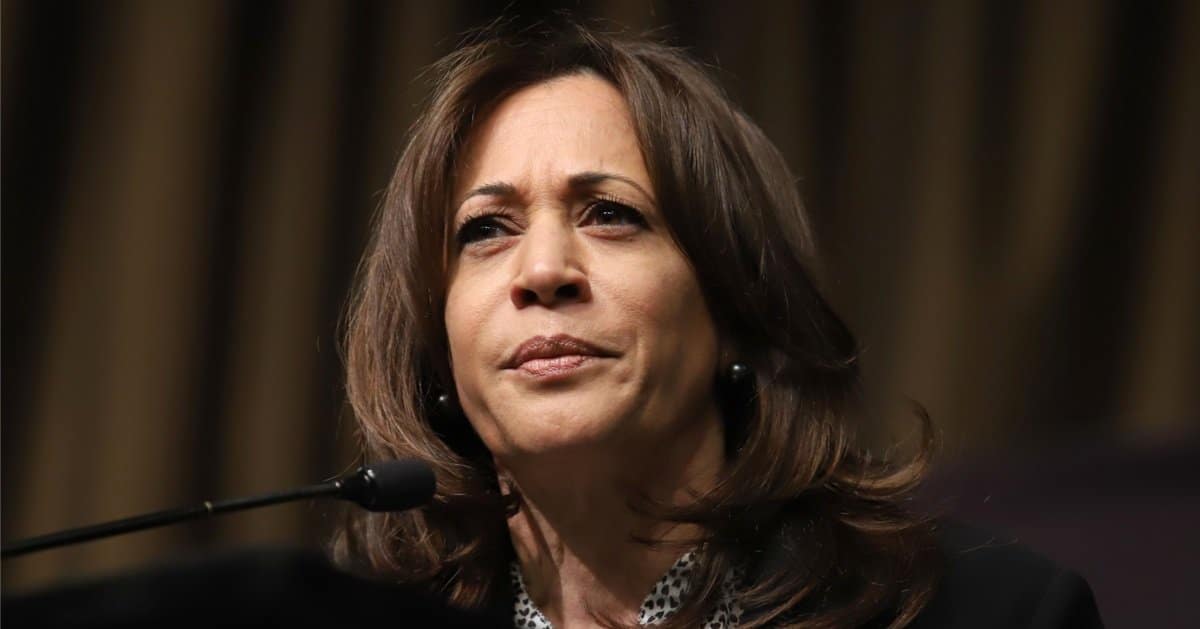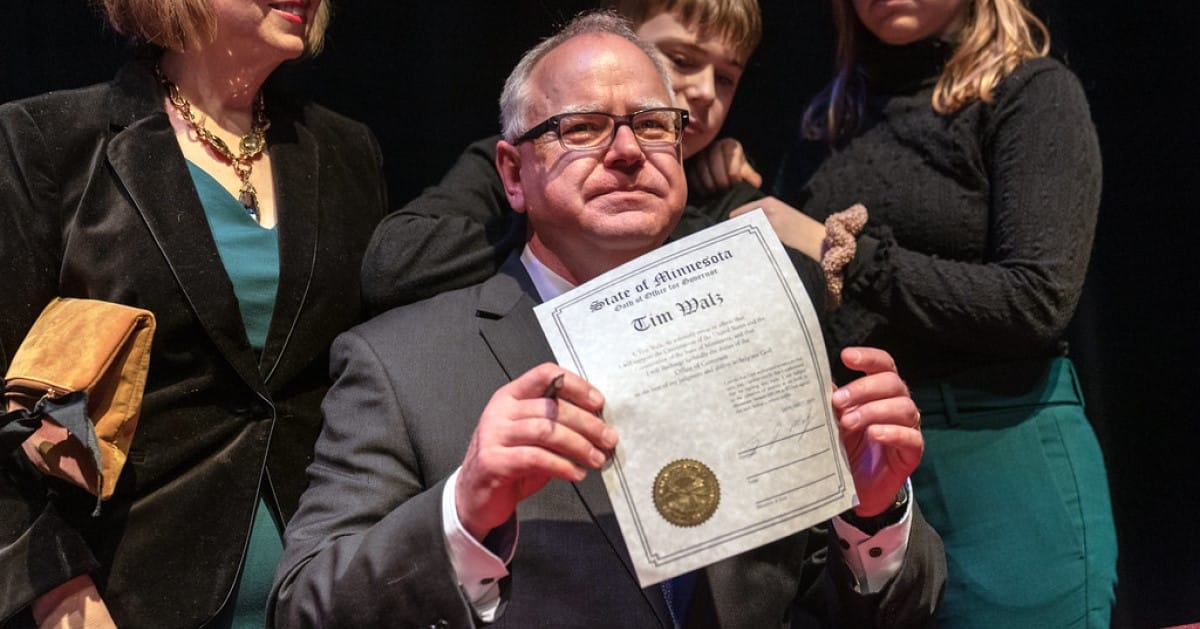



Half a century later, D.B. Cooper’s audacious skyjacking still taunts the FBI. Newly released files, a hefty 398-page dump from Tuesday, peel back the curtain on a fruitless hunt for the man who vanished into the night with $200,000 and a parachute.
The New York Post reported that the case, a maddening puzzle, mocks the idea that every crime can be solved with enough grit. On November 24, 1971, a Northwest Orient Airlines flight from Portland to Seattle became the stage for one of America’s boldest heists.
A dapper man in his 40s, calling himself Dan Cooper, passed a note claiming he had a bomb. The FBI’s latest documents confirm the chilling details: wires and red sticks in his briefcase backed his threat.
Cooper’s demands were clear—$200,000 and four parachutes. After landing in Seattle, he freed 36 passengers, a calculated move to keep the crew compliant. The plane, refueled and bound for Mexico City, carried Cooper and his ransom into the sky.
Somewhere between Seattle and Reno, at 10,000 feet, Cooper made his move. He jumped from the jetliner’s rear stairs, parachute strapped on, cash in tow. The FBI’s files describe a manhunt that scoured the rugged terrain below, but Cooper was gone.
A helicopter launched from Woodland, Washington, combed the area where Cooper might have landed. The FBI’s map of the flight path, included in the files, shows the needle-in-a-haystack challenge. No trace of the man or his money ever surfaced.
The investigation churned through hundreds of suspects, each a dead end. The files reveal a parade of unlikely candidates—pilots, parachutists, even Boeing employees. One document dismisses a wheelchair-bound man with a blunt note: “A man confined to a wheelchair did not hijack the plane.”
That wheelchair zinger sums up the FBI’s frustration. Agents scribbled “Eliminated” on file after file, ruling out an Alabama man who died of cancer and others with flimsy connections. The progressive obsession with overcomplicating simple truths—Cooper was one guy, not a conspiracy—never helped.
Among the suspects was Donald Sylvester Murphy, a fraudster with a wild scheme. Murphy claimed to be Cooper to a Newsweek editor, posing in a wig and glasses to match FBI sketches. His con, complete with faked ransom bills, aimed to extort $30,000 but landed him in prison.
Murphy’s scam, detailed in a 1973 New York Times report, was pure theater. He superimposed serial numbers on three $20 bills to mimic Cooper’s loot. The FBI’s files expose his hustle, a reminder that grifters thrive on mysteries.
FBI sketches of Cooper shared with Reuters in 2011, fueled public obsession. The dark-haired, sharp-dressed hijacker became a folk hero to some, a symbol of sticking it to the system. Yet the files show no romantic rogue—just a ghost who outsmarted everyone.
Richard McCoy Jr., a popular suspect whose kids claimed in 2024 he was Cooper, barely appears in the new documents. The FBI’s focus stayed on hard evidence, not family lore. This restraint clashes with today’s woke urge to elevate narrative over facts.
The hijacked jet, photographed on the Seattle-Tacoma runway, stands as a frozen moment in the case. Refueling under Cooper’s orders, it was a high-stakes chess game. The FBI’s methodical approach, though fruitless, deserves respect in an era of instant answers.
True crime buffs still dissect Cooper’s every move, poring over the flight path map. The 398-page files feed their hunger, offering fresh crumbs but no closure. The case endures because it defies the modern myth that technology solves everything.
Cooper’s heist, executed with chilling precision, exposed the limits of control. The FBI’s dogged pursuit—hundreds interviewed, suspects debunked—shows a commitment progressives might mock as “old-school.” But it’s that tenacity that keeps the mystery alive.



